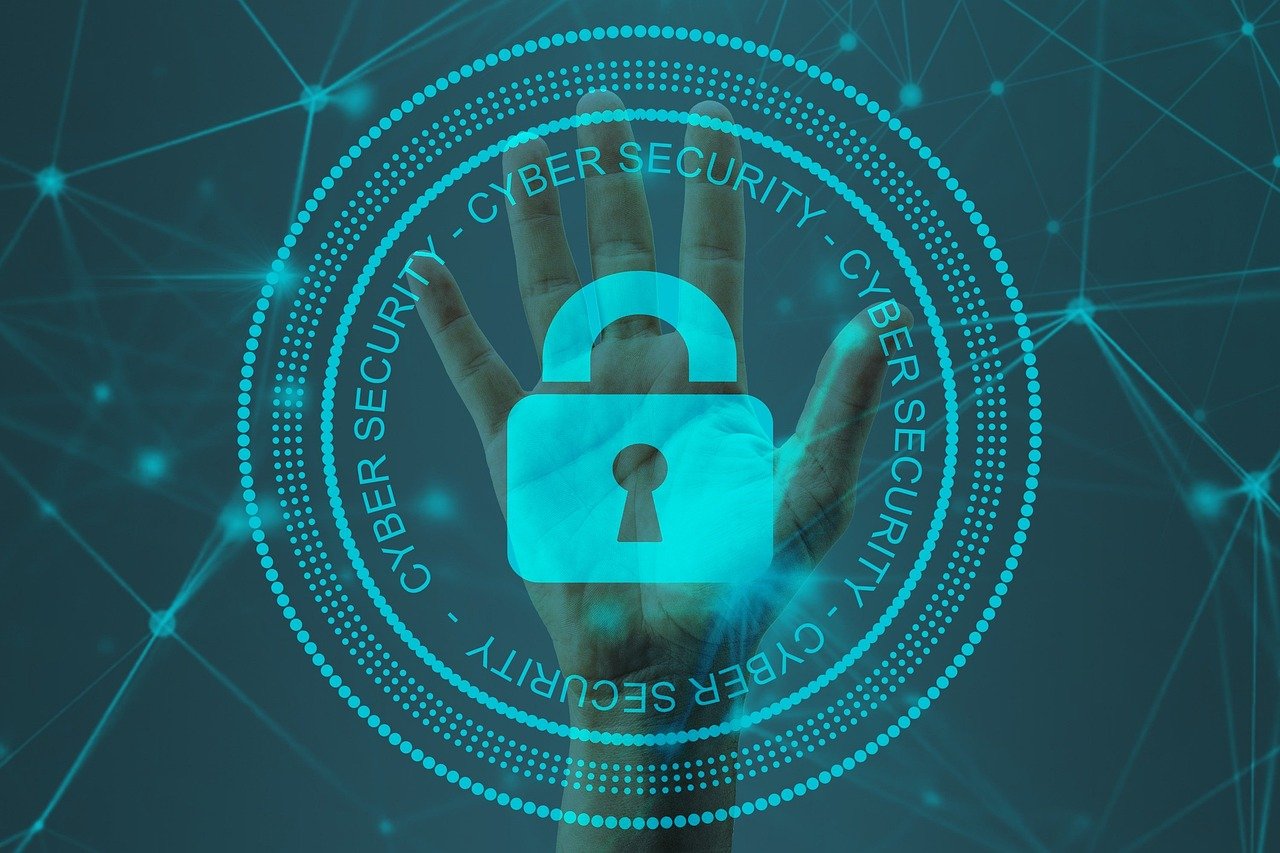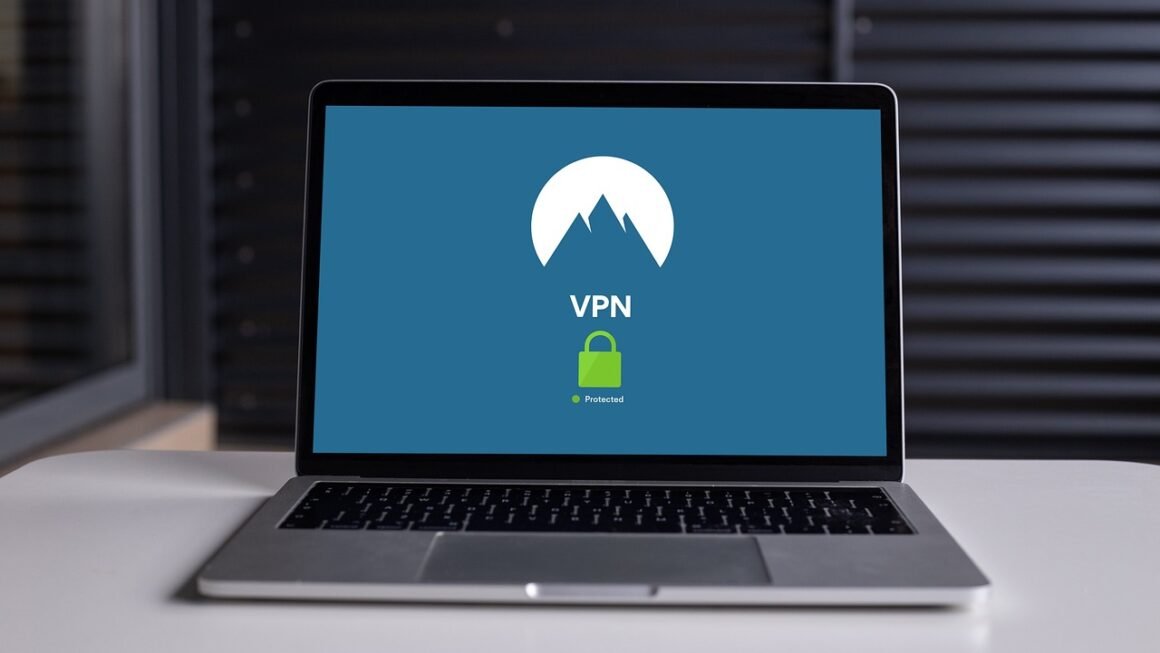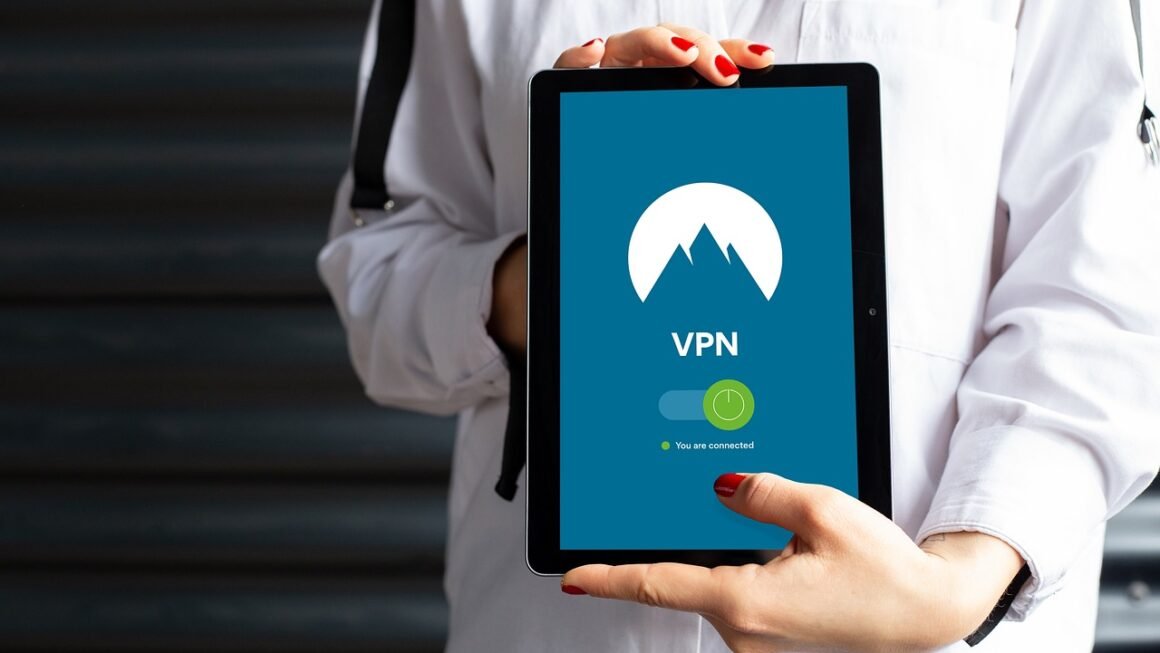Protecting your digital life is more crucial than ever in today’s interconnected world. From banking transactions to personal photos, our computers and devices hold a wealth of sensitive information. Without the right defenses, you’re vulnerable to a constant barrage of online threats. That’s where antivirus software comes in, acting as a shield against the ever-evolving landscape of malware, viruses, and cyberattacks. This comprehensive guide will delve into the intricacies of antivirus software, helping you understand its importance, how it works, and how to choose the best protection for your needs.
Understanding Antivirus Software
Antivirus software is a program or suite of programs designed to detect, prevent, and remove malicious software (malware) from your computer, tablet, or smartphone. It acts as a security guard, constantly scanning your system for threats and neutralizing them before they can cause harm.
How Antivirus Software Works
Antivirus software employs several techniques to protect your devices:
- Signature-Based Detection: This is the most traditional method. Antivirus programs maintain a vast database of known malware signatures (unique code patterns). When a file is scanned, the antivirus software compares its code against these signatures. If a match is found, the file is flagged as malicious.
Example: Think of it like a fingerprint database for criminals. If a file’s “fingerprint” matches a known malware “fingerprint,” it’s identified as a threat.
- Heuristic Analysis: This method goes beyond signature matching. Heuristic analysis examines the behavior of a file or program to identify suspicious activities. It looks for tell-tale signs of malware, even if the program’s code doesn’t match any known signatures.
Example: If a program attempts to modify system files or connect to a suspicious server, heuristic analysis might flag it as potentially malicious. This is useful for detecting new and unknown malware variants.
- Real-Time Protection: This feature continuously monitors your system for suspicious activity, providing immediate protection against threats. It scans files as they are accessed, downloaded, or executed.
Example: Imagine real-time protection as a security camera that’s always recording. As soon as a suspicious activity is detected, the camera alerts the authorities (the antivirus software takes action).
- Behavioral Monitoring: Similar to heuristic analysis, behavioral monitoring focuses on the actions of software. Instead of just looking at code, it observes how a program interacts with the system.
Example: A legitimate program usually accesses certain files and resources in a predictable way. If a program starts behaving erratically, such as rapidly creating files or modifying registry entries, behavioral monitoring might flag it as suspicious.
The Importance of Regular Updates
Antivirus software is only effective if its virus definitions (the database of malware signatures) are up-to-date. Cybercriminals are constantly creating new malware variants, so it’s crucial to ensure that your antivirus software is updated regularly.
- Practical Tip: Most antivirus programs offer automatic updates. Ensure this feature is enabled to keep your protection current.
Types of Malware that Antivirus Protects Against
Antivirus software protects against a wide range of malware, each with its own unique characteristics and potential harm:
Viruses
Viruses are malicious code that replicates itself by attaching to other files or programs. They can spread quickly and cause significant damage, from deleting files to corrupting your operating system.
- Example: A virus might attach itself to a Microsoft Word document. When you open the infected document, the virus replicates itself and infects other files on your system.
Worms
Worms are similar to viruses, but they can spread automatically without requiring human interaction. They exploit vulnerabilities in networks and operating systems to propagate themselves.
- Example: A worm might exploit a security flaw in your email program to send itself to everyone in your contact list. When recipients open the infected email, the worm infects their computers and continues to spread.
Trojans
Trojans are malicious programs disguised as legitimate software. They can be hidden in seemingly harmless applications, such as games or utilities. Once installed, they can steal your data, install other malware, or grant remote access to your system.
- Example: A Trojan might be disguised as a free image editor. When you install the editor, the Trojan secretly installs a keylogger that records your keystrokes and sends them to a cybercriminal.
Ransomware
Ransomware encrypts your files and demands a ransom payment for the decryption key. If you don’t pay the ransom, you may lose access to your data permanently.
- Example: You might receive an email attachment that appears to be a legitimate invoice. When you open the attachment, it installs ransomware on your computer, encrypting all your files. The ransomware displays a message demanding payment in Bitcoin to unlock your files.
Spyware
Spyware secretly monitors your online activity and collects personal information, such as passwords, credit card numbers, and browsing history. It can then transmit this data to a third party without your knowledge or consent.
- Example: Spyware might be bundled with a free software download. Once installed, it silently tracks your browsing habits and sends them to an advertising company.
Adware
Adware displays unwanted advertisements on your computer. While it’s generally less harmful than other types of malware, it can be annoying and slow down your system.
- Example: Adware might install a browser toolbar that displays pop-up ads every time you browse the web.
Choosing the Right Antivirus Software
Selecting the right antivirus software is crucial for effective protection. Consider these factors when making your choice:
Detection Rate
The detection rate measures how effectively an antivirus program identifies and blocks malware. Look for independent test results from reputable organizations like AV-Test and AV-Comparatives.
- Example: An antivirus program with a detection rate of 99% is more likely to protect you from threats than one with a detection rate of 90%.
System Performance Impact
Antivirus software can sometimes slow down your computer, especially during scans. Choose a program that has a minimal impact on system performance.
- Tip: Read reviews and look for benchmarks that compare the performance impact of different antivirus programs.
Features and Functionality
Consider the features offered by different antivirus programs. Some common features include:
- Real-Time Protection: Essential for continuous monitoring and protection.
- Firewall: Prevents unauthorized access to your network.
- Web Protection: Blocks malicious websites and phishing attacks.
- Email Scanning: Scans email attachments for viruses.
- Vulnerability Scanner: Identifies and fixes security weaknesses in your software.
- Password Manager: Securely stores and manages your passwords.
- VPN (Virtual Private Network): Encrypts your internet connection for added privacy.
Price and Licensing
Antivirus software is available in both free and paid versions. Paid versions typically offer more features and better protection. Choose a program that fits your budget and needs.
- Free Antivirus: Often provides basic protection against common malware threats. A good starting point but may lack advanced features.
- Paid Antivirus: Offers more comprehensive protection, including advanced features like real-time scanning, firewalls, and web protection. Often includes customer support.
- Licensing: Most antivirus programs are licensed on a per-device basis. Consider the number of devices you need to protect when choosing a license.
User Interface and Ease of Use
Choose an antivirus program that is easy to use and understand. A well-designed user interface will make it easier to manage your security settings and run scans.
- Practical Advice: Download trial versions of different antivirus programs and try them out before making a purchase.
Best Practices for Using Antivirus Software
Simply installing antivirus software isn’t enough. Follow these best practices to maximize your protection:
Keep Your Software Updated
As previously mentioned, regularly update your antivirus software to ensure it has the latest virus definitions and security patches.
- Actionable Takeaway: Enable automatic updates to keep your software current.
Run Regular Scans
Schedule regular scans to check your system for malware. Most antivirus programs allow you to schedule scans to run automatically.
- Example: Schedule a full system scan at least once a week.
Be Careful When Opening Email Attachments
Avoid opening email attachments from unknown senders. Cybercriminals often use email attachments to spread malware.
- Practical Tip: Hover over links in emails before clicking them to see the actual URL. If the URL looks suspicious, don’t click it.
Be Wary of Phishing Scams
Phishing scams are attempts to trick you into revealing personal information, such as passwords and credit card numbers. Be wary of emails, websites, and phone calls that ask for sensitive information.
- Example: A phishing email might claim to be from your bank and ask you to update your account information. Never click on links in such emails. Instead, go directly to your bank’s website by typing the address in your browser.
Use Strong Passwords
Use strong, unique passwords for all your online accounts. Avoid using easily guessable passwords, such as your name or birthday.
- Tip: Use a password manager to generate and store strong passwords.
Back Up Your Data Regularly
Back up your data regularly to protect against data loss in case of a malware infection or hardware failure.
- Example: Back up your data to an external hard drive or cloud storage service.
Conclusion
Choosing and using effective antivirus software is a critical component of online security. By understanding how antivirus software works, the types of malware it protects against, and the best practices for using it, you can significantly reduce your risk of infection and protect your valuable data. Remember to stay vigilant, keep your software updated, and be cautious about the links you click and the files you download. With the right protection in place, you can enjoy the benefits of the digital world without compromising your security.



